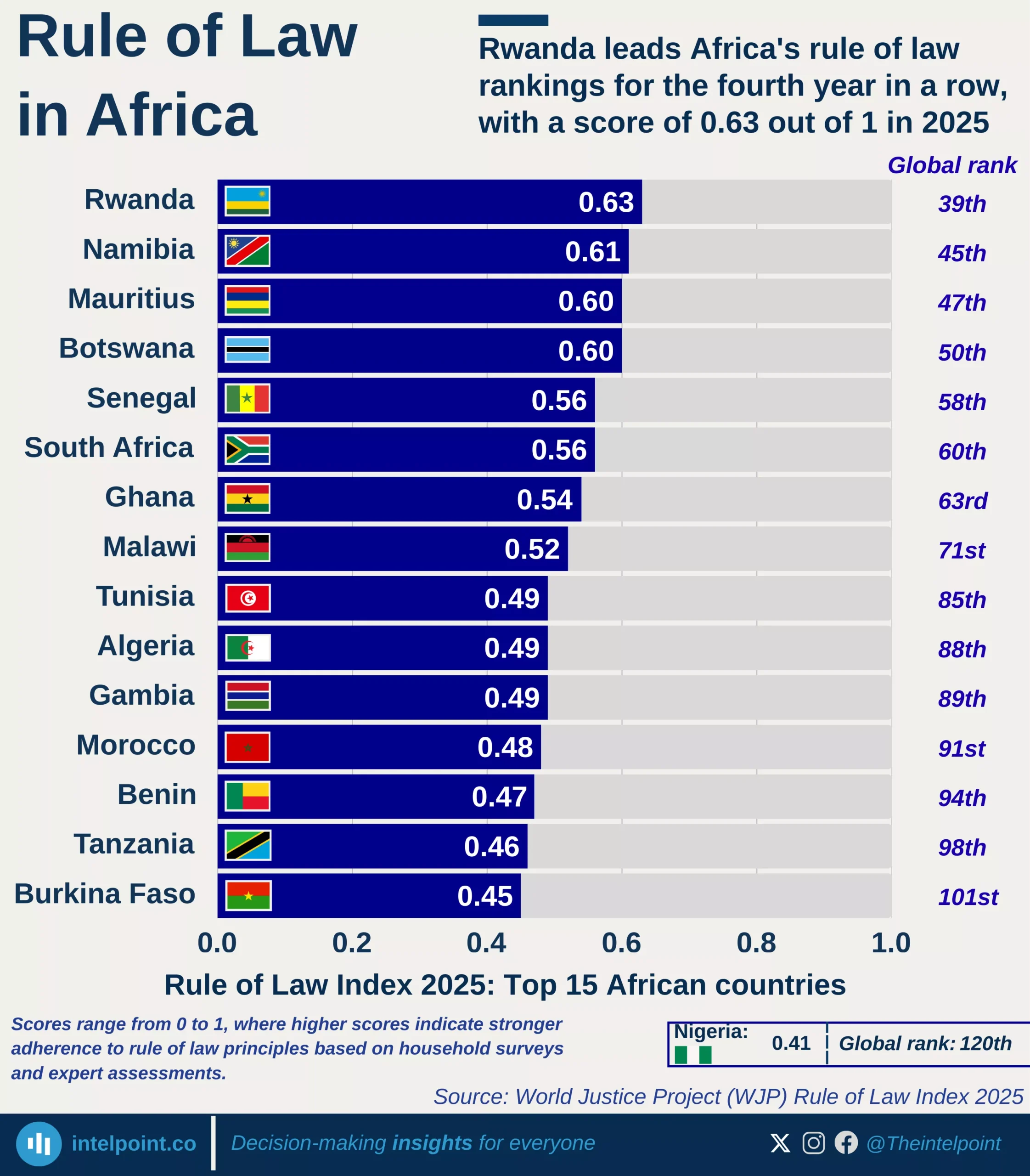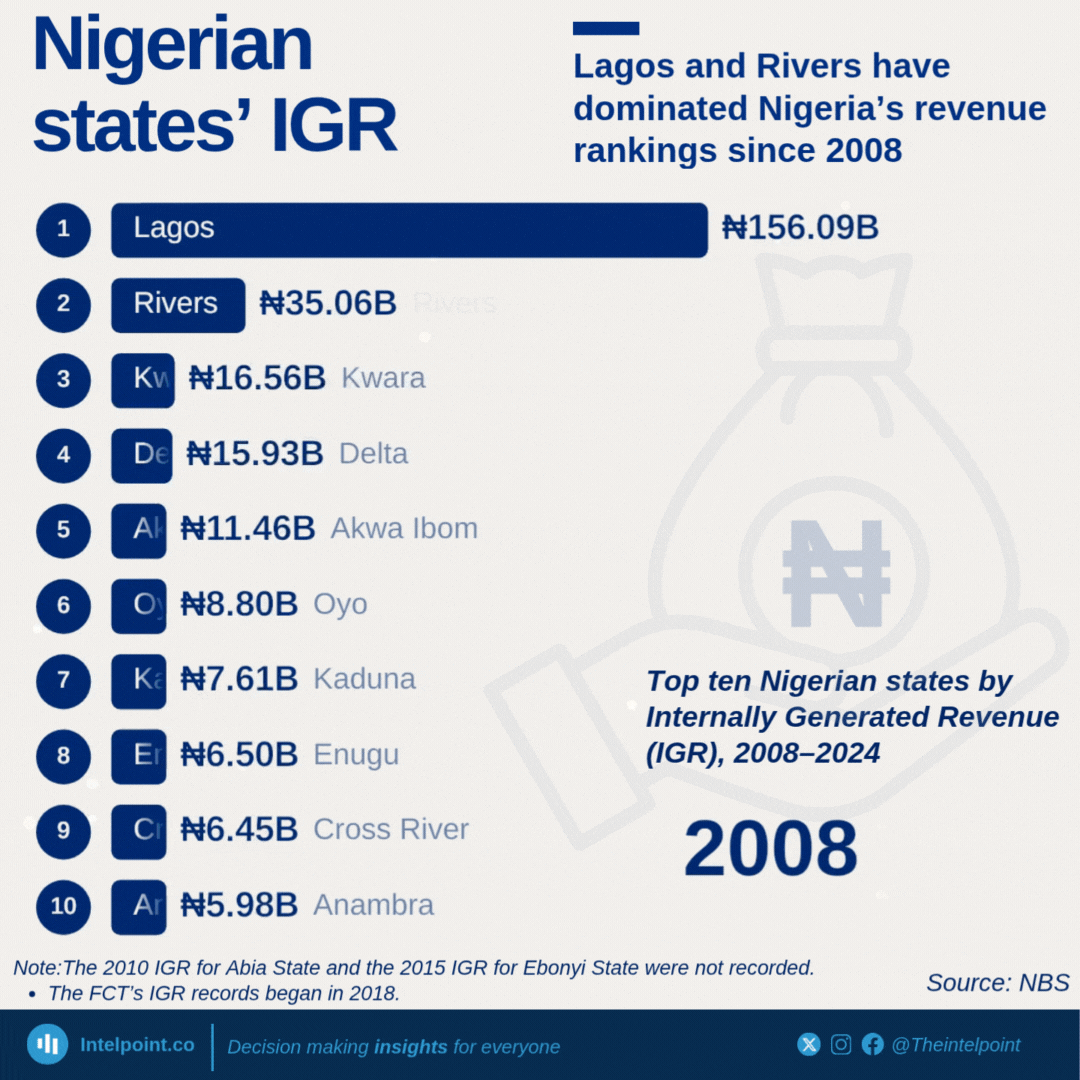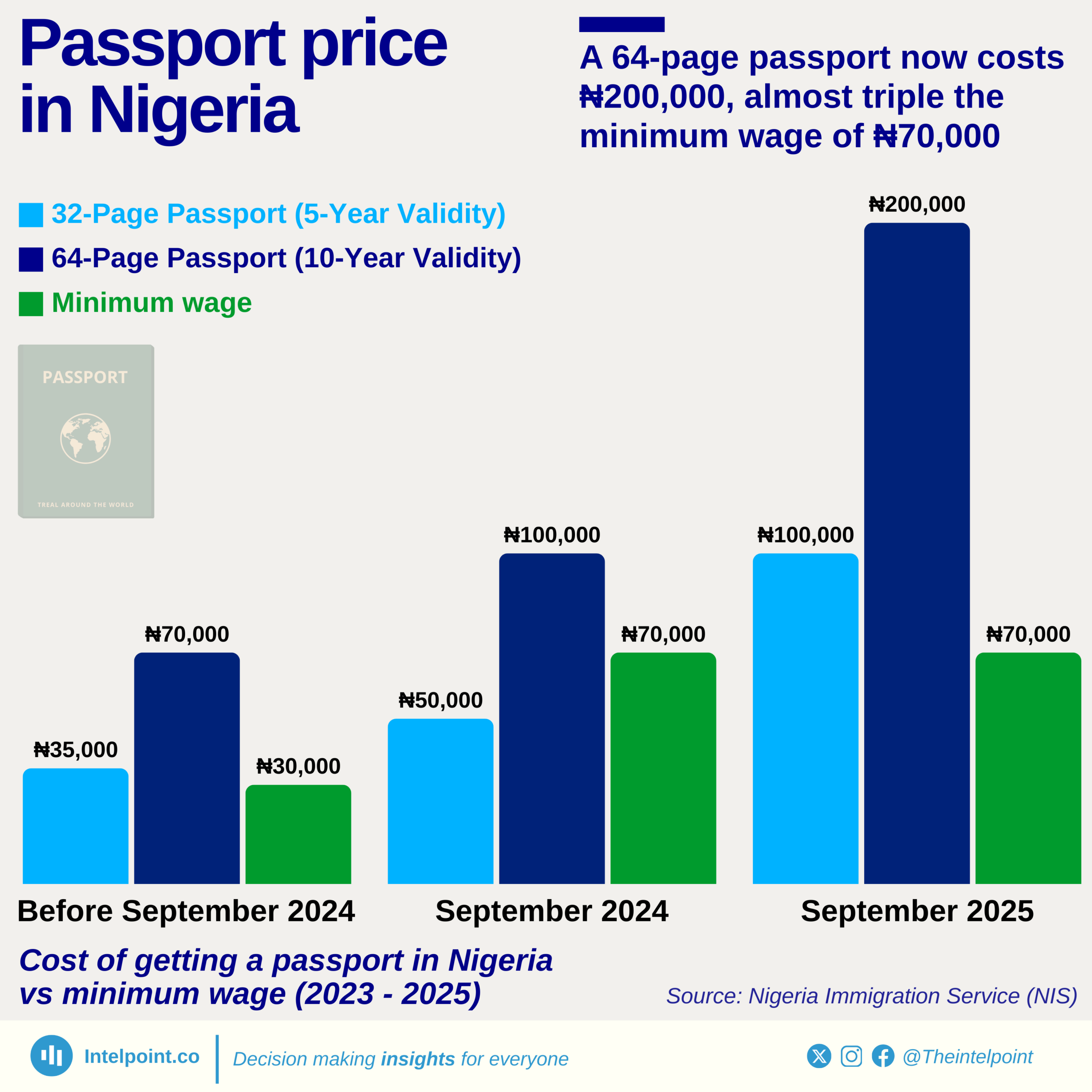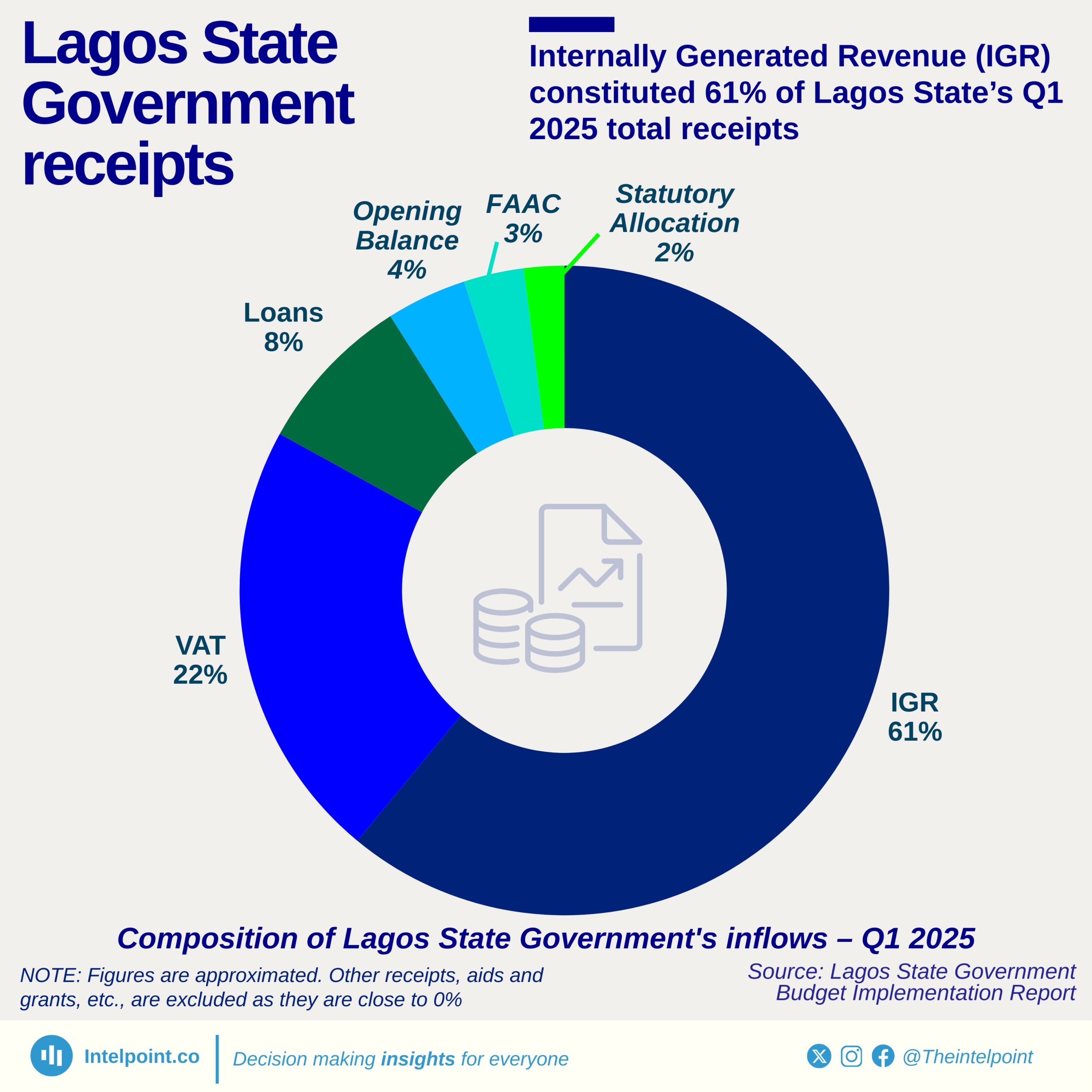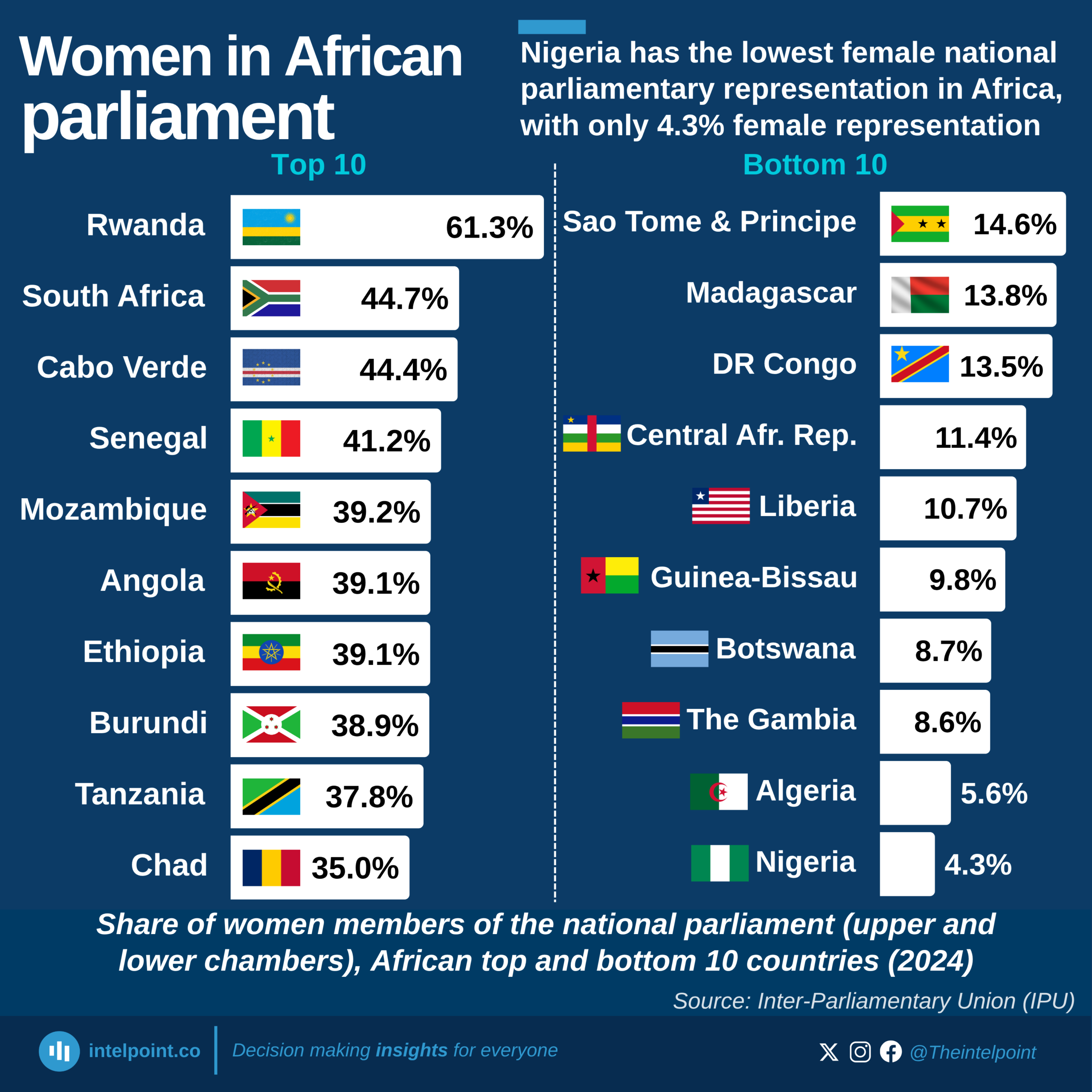In 2014, there were 21 female central bank governors globally, but progress did not follow a straight path. By 2018, that figure had dropped sharply to 14, the lowest in the 11-year span, a decline that reflected the volatility of gender representation in financial leadership. Between 2015 and 2021, the number hovered below 20, with no signs of sustained growth. That narrative changed after 2021, and a slow but steady rise emerged, culminating in a record high of 29 female governors in 2024, the most in over a decade.
This shift points to a renewed global emphasis on gender inclusion at the helm of monetary policymaking, especially among institutions like the European Central Bank and the U.S. Federal Reserve. While still a minority, women are gradually securing more ground in one of the most influential corners of global finance.
